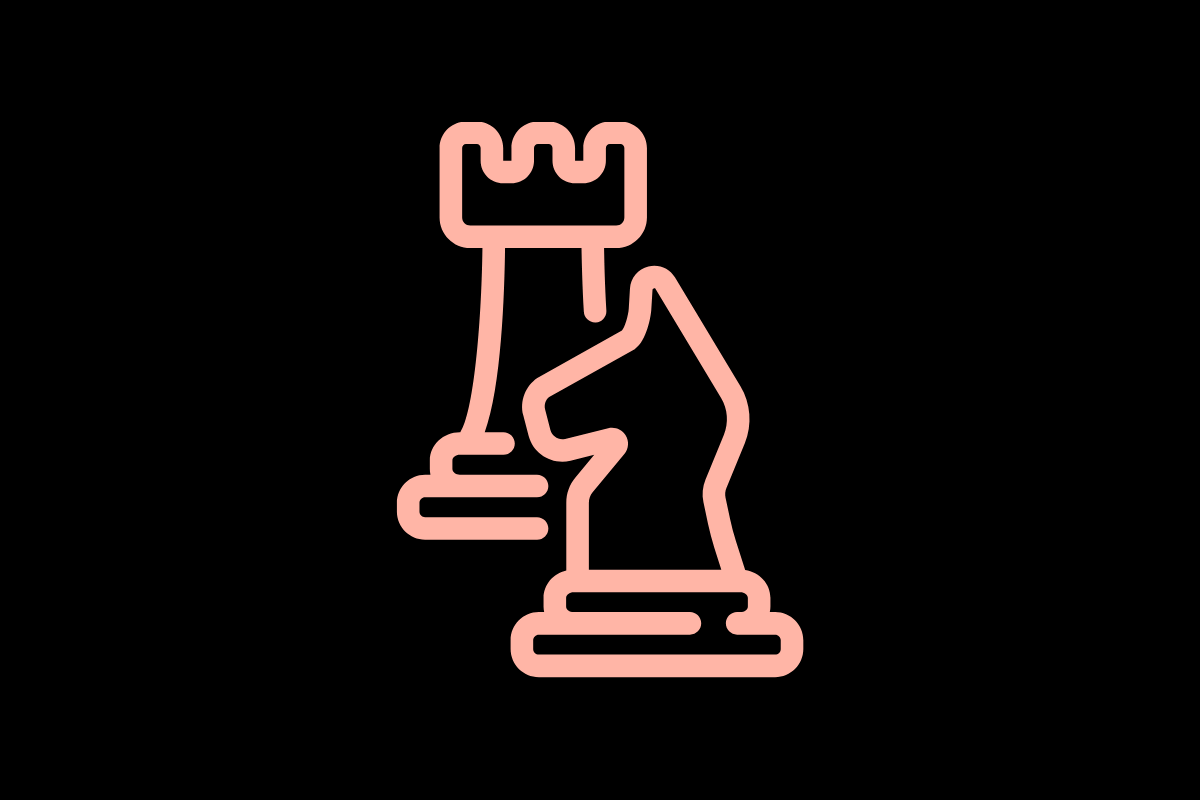
Ever wondered why some products fly off the shelves while others gather dust?
The secret lies in understanding the difference between features and benefits and how they shape your marketing strategy.
You might have the coolest gadget or service, but you’re missing out on potential customers if you can’t communicate its value effectively.
In this article, dive into the psychology behind features and benefits and master benefit-centric marketing.
Learn when to highlight features and how to strike the right balance in your value proposition.
You’ll have the tools to create a marketing approach that resonates with your audience and showcases the true worth of what you’re offering.
The Psychology Behind Features and Benefits
To understand sales, you have to get emotional. It’s not just about what your product can do; it’s about how it makes your customers feel.
Understanding the psychology behind features and benefits is key to creating a marketing strategy that resonates with your audience.
How Customers Make Decisions
You might think people make purchasing decisions based solely on logic, but that’s far from the truth.
While features tell customers what a product can do, benefits paint a picture of how it will change their lives. It’s the benefits that truly capture attention and drive action.
Think about it: what catches your eye when you’re scrolling through social media or browsing a website?
It’s not the technical specifications; it’s the promise of how a product or service can improve your life. This is where the power of emotional connections comes into play.
The Role of Emotions in Purchasing
Emotions are the spark that ignites interest in your product. When you tap into your customers’ core desires, fears, and aspirations, you create a powerful connection that goes beyond mere features.
For example, a smartphone’s high-resolution camera isn’t just about megapixels; it’s about preserving precious memories in stunning detail.
By shifting your focus to benefits, you highlight how your product solves problems, fulfils dreams, or makes life easier.
This approach validates your customers’ emotional responses and reassures them of your product’s value.
Remember, people make decisions based on their feelings and then justify those decisions logically.
Mastering the Art of Benefit-Centric Marketing
To truly connect with your audience, you need to shift your focus from what your product can do to how it can transform your customers’ lives.
This approach is at the heart of benefit-centric marketing.
Identifying Your Product’s Unique Value Proposition
Your unique value proposition (UVP) is the cornerstone of your marketing strategy. It’s not just about what your product does; it’s about the specific solution it provides to your customers’ problems. To craft a compelling UVP:
- Understand your target audience’s pain points
- Explain how your product solves these problems
- Quantify the benefits your product delivers
- Highlight what sets you apart from competitors
Remember, your UVP should be clear, concise, and customer-focused. It should speak directly to your audience’s needs and desires, using language they understand and relate to.
Creating a Benefits-Driven Sales Pitch
When pitching your product, you want to grab your prospect’s attention and keep them engaged. Here’s how to create a benefits-driven pitch that resonates:
- Start with a problem your audience faces
- Show how your product solves this problem
- Highlight the specific benefits they’ll experience
- Use storytelling to make these benefits tangible
- Back up your claims with facts and data
Your pitch should paint a vivid picture of the positive changes your product will bring to your customers’ lives. By focusing on benefits rather than features, you’re not just selling a product – you’re selling a better future for your customers.
When to Highlight Features
While benefits are often the key to effective marketing, there are times when highlighting features can be just as powerful. Let’s explore when and how to showcase your product’s features to maximise their impact.
Technical Products and B2B Marketing
Features take centre stage when you’re dealing with technical products or B2B markets.In these scenarios, your audience often consists of experts who crave detailed information. They want to know the nuts and bolts of what your product can do.
For instance, if you’re selling software to enterprise buyers, you’ll want to focus on educating them about new features.
Your goal is to show how these features outperform existing systems and processes. Remember, in B2B tech, you’re not just selling to one person. You need to equip your initial contact with information they can use to sell your product internally.
To make your features shine:
- Provide in-depth technical specifications
- Highlight compatibility and integrations
- Discuss maintenance costs and durability
- Competitive Markets and Feature Comparison
In a saturated market, features can help you stand out from the crowd. When consumers have many options, they often compare products based on specific attributes. This is where a feature-focused approach can give you an edge.
Take the meal-delivery kit industry, for example. With big players like HelloFresh and Home Chef dominating the market, a small business would need to highlight unique features to compete. They might focus on:
- Competitive pricing
- Specialised dietary options
- Flexible menu configurations
By showcasing these distinctive features, you’re giving potential customers clear reasons to choose your product over others. It’s about demonstrating your competitive advantage in concrete, measurable ways.
Remember, even when highlighting features, it’s crucial to connect them to benefits. Show how each feature translates into value for the customer. This approach ensures that your feature-focused marketing still resonates on a personal level, driving home the real-world impact of your product.
Balancing Features and Benefits in Your Marketing Strategy
Crafting a compelling marketing strategy isn’t just about showcasing your product’s features or highlighting its benefits. It’s about striking the right balance between the two.
You need to create a narrative that not only informs your audience about what your product can do but also shows them how it can transform their lives.
Case Studies of Successful Campaigns
Let’s look at two real-world examples that illustrate how innovative use of integrated marketing can drive significant growth and engagement.
Coca-Cola’s “Share a Coke” campaign, launched in 2011, is a masterclass in balancing features and benefits. The creative concept was simple: Coke bottles printed with common names. This feature was executed across TV, outdoor advertising, digital media, in-store displays, and on the product packaging. The benefit? It made sharing a Coke a personal, emotional experience. The result? Sales increased by over 2% in a heavily declining market.
Hulu’s “Hilarious Awesome Hulu Awards” (HAHA) campaign is another excellent example. On the surface, it highlighted Hulu’s feature of offering animated content. But the benefits were multifaceted. It engaged existing subscribers, attracted new audiences, and leveraged the power of social sharing. The campaign used a diverse yet interconnected array of marketing tactics, creating a central hub that focused marketing buzz and deepened engagement with the Hulu brand.
Conclusion
To create a powerful marketing message, you need to weave features and benefits together seamlessly. Start by identifying your product’s unique value proposition (UVP). This isn’t just about what your product does; it’s about the specific solution it provides to your customers’ problems.
Remember, you sell with benefits, and you tell with features.
Get in touch to find out how Umgum Marketing & Media can help you with all things branding and marketing.



